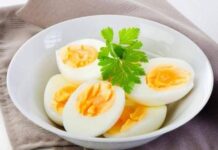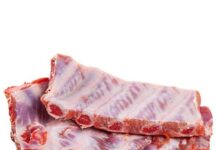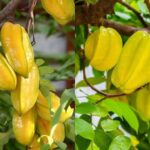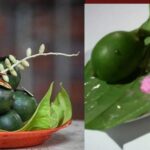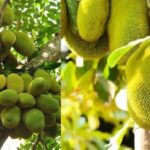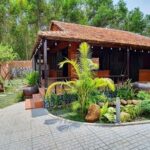What is the purpose of the set of cups on the altar?
Every household altar has small trays with either three or four cups. These cups are used to hold clean water or alcohol, symbolizing the family’s respect for their ancestors.
According to feng shui principles and traditional beliefs, even numbers are associated with yin (female energy), while odd numbers represent yang (male energy). As descendants offering respects to their ancestors, an odd number of cups is used to show reverence and sincerity.
Additionally, a well-arranged altar according to feng shui principles incorporates the five elements: metal, wood, water, fire, and earth. Water represents the element of water and is believed to attract wealth and prosperity to the family. Thus, the set of cups also symbolizes the gathering of wealth and the family’s respect for their deities and ancestors.
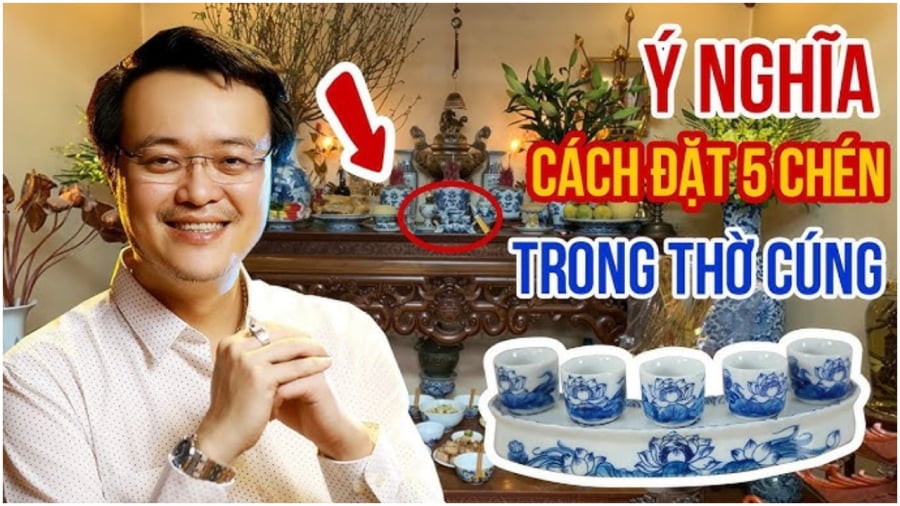
Arranging the Cups on the Altar
What is the difference between a set of three and five cups for the altar?
Typically, the cups are small in size, and a set of three or five cups is used. The odd number symbolizes growth and development and represents life. Therefore, the cups are placed on a sturdy base to create a unified set, similar to how water is gathered and flows, bringing wealth and good fortune to the family.
The number of cups can vary depending on the size of the altar and the number of ritual objects (three or five) used. A set of three cups usually holds water, alcohol, or tea, with water being the most common as there is already a separate container for alcohol. The central cup is dedicated to the Gods, while the two side cups are for the female and male ancestors of the family.
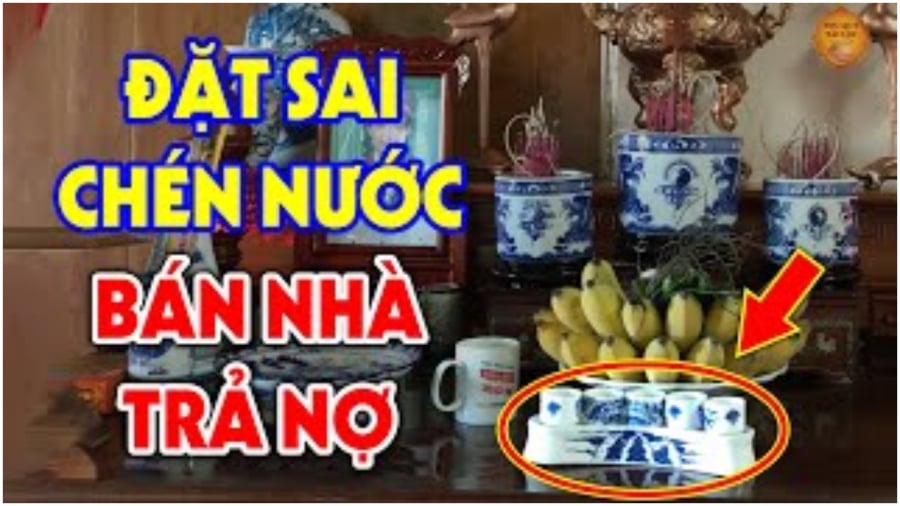
Arranging the Cups on the Altar
A set of five cups often symbolizes the five elements or the five constants (humanity, righteousness, propriety, wisdom, and trust). This set is typically used for larger altars or combined altars for Buddhist and ancestral worship (three-tiered altars). The central three cups represent the Buddhist and Holy deities, while the two side cups are dedicated to the female and male ancestors and the family’s guardian spirits.
However, the choice between a set of three or five cups depends on the family’s circumstances, the size of their altar, and their personal preferences. For instance, smaller wall-mounted altars in apartments often use a set of three cups to save space.
Information provided is for reference only
“The Mystery of the Jackfruit Tree: Why Ancestors Loved and Loathed it”
Mango wood is a precious natural resource, often revered for its beauty and unique characteristics. However, there is a traditional belief that planting mango trees in front of houses is inauspicious. Superstitions aside, this wood has a rich history and is highly sought-after for its durability and aesthetic appeal.














